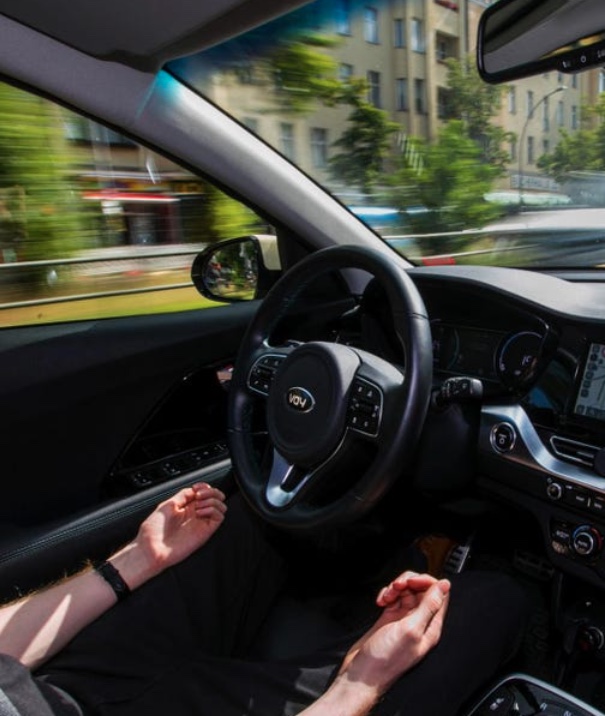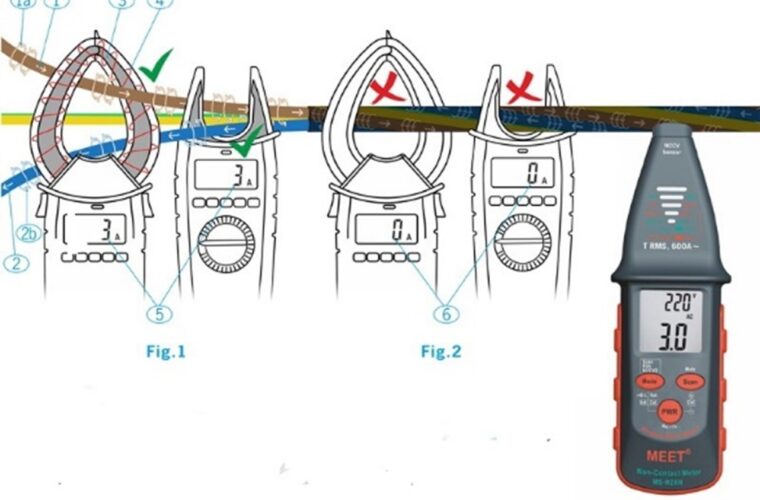First driverless driving test: A car without a human being inside has driven on a public road in Europe for the first time. The feat was achieved by Vay, a German start-up, which uses an approach called ‘teledriving’ to control cars from sites kilometres away remotely. Operators pilot the vehicles with steering wheels, pedals, and monitors, also receiving traffic noise via microphones and headphones. The system is reminiscent of racing simulators for video games; only the action on the screens happens for real. Redundant mobile networks provide data transmission, and the vehicle automatically stops safely in the event of a breakdown or emergency.
Vay tested the driverless technology after receiving an exemption permit from the Hamburg authorities. The company announced that it had completed its first test drives on predefined routes in the city. Vay has been testing the remote-controlled cars on the streets of Hamburg and Berlin for the past three years and recently received approval from the German safety agency, which assessed the remote-control system and its compliance with ISO 26262 and ISO/SAE 21434 standards.
Such technology would be interesting not only for self-driving cars but also for driverless ride-sharing services. “As a leading tele-driving company, we have been driving remote-controlled electric cars on public roads in Berlin and Hamburg for more than three years,” said Vay CEO and co-founder Thomas von der Ohe in a note. “With the permission received in December 2022, we were able to successfully drive the first driverless car on a public road.” Vay claims that teledriving will be safer for passengers and more convenient for drivers while reducing internal and private vehicle ownership. Vay will use its test data to develop autonomous driving capabilities to be launched in the future.

What it is for
The main idea is to run a car-sharing service with home delivery of the vehicle: you book via an app on your smartphone, the car is driven remotely to the delivery address, and you take the wheel from there. When you arrive at your destination, you leave the car under remote control and take it to the new customer: eliminating the downtime in finding a parking space. And the cars are electric, so they have zero (local) emissions. As autonomous driving technologies are developed and proven safe, they will be introduced to make the system less dependent on humans.
The system is reminiscent of the one used to fly military drones. Here there are stations similar to those for video games but made with steering wheels and pedals built to automotive industry standards. The drivers are in a so-called driving station several kilometres away. Cameras and microphones in and around the car provide all the audio-visual information needed to drive the car. One also has augmented reality navigation and traffic information from the remote driving station.



